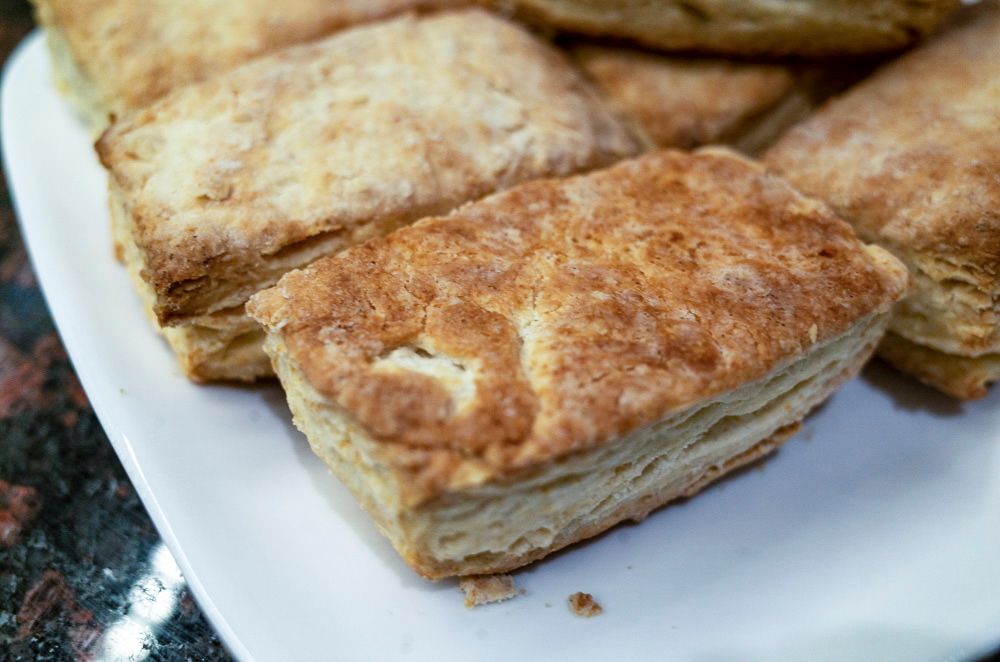The Best Buttermilk Biscuit Recipe

These biscuits might also be called the compromise biscuit: they straddle the fluffy / flaky dichotomy to create a buttery, golden pastry that manages to be a little bit of both. If you prefer a biscuit that's flaky like a croissant, fluffy like a cloud, or just a super quick dropped dough, check out our post about what makes a good biscuit good. You'll still use this recipe, you'll just want to change how you bring it together. Many recipes call for adding a bit of sugar to their biscuits, and you should feel free; we just like the ability to add it after the fact via sauce or spread.
Ingredients:
- 340g AP flour (all-purpose white flour)
- 12g baking powder
- 2g baking soda
- 5g kosher salt
- 120g salted butter, chilled, diced
- 190g buttermilk, chilled (you'll want to add at least another half cup or for drop biscuits)
Suggestions: omit two tablespoons of butter and work a cup of shredded sharp cheddar into the dough alongside black pepper, and crushed red pepper. Or dice a large handful of fresh green herbs and add to the dough alongside a sprinkle of garlic powder.

Directions:
Preheat oven to 425°F. If you don't want to use a nonstick baking sheet, grease or cover with parchment.
If you're working in a warm kitchen, you may wish to prep your dry ingredients, bowl, and implements, and keep them in the fridge. Additionally, you can dice the butter ahead of time and freeze it until hard (it'll only take ten or fifteen minutes).
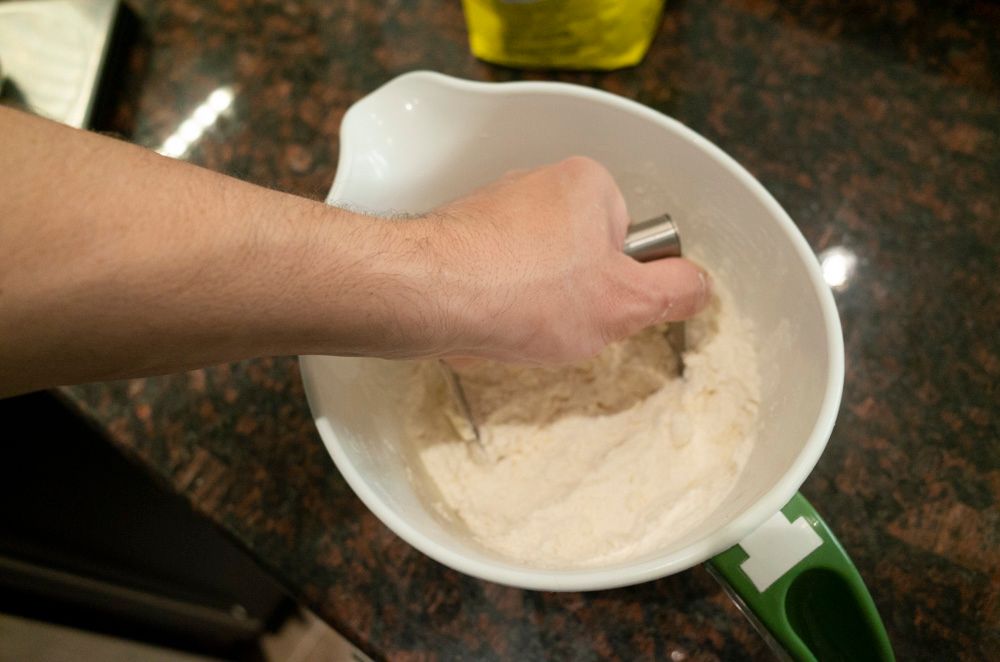
Stir together all dry ingredients in one bowl. Add the butter, then work with a pastry blender (cut it repeatedly, using a butter knife or similar tool to clean the pastry blender off occasionally) until the bowl is full of gravel sized pieces of buttery flour. If you don't have a pastry blender, you can use your fingers (be quick!) to work the butter into the flour, you can use forks or a pair of butter knives, or you can use a food processor.
To cut butter into flour using a food processor (this will work for biscuits, scones, pie crusts, etc), add all dry ingredients to a clean food processor. Pulse a couple of times to evenly mix. Add in the chopped, chilled butter and pulse several times for no more than a second or two each time. As soon as the butter and flour form gravel- or pea-sized chunks, stop. Proceed by hand.
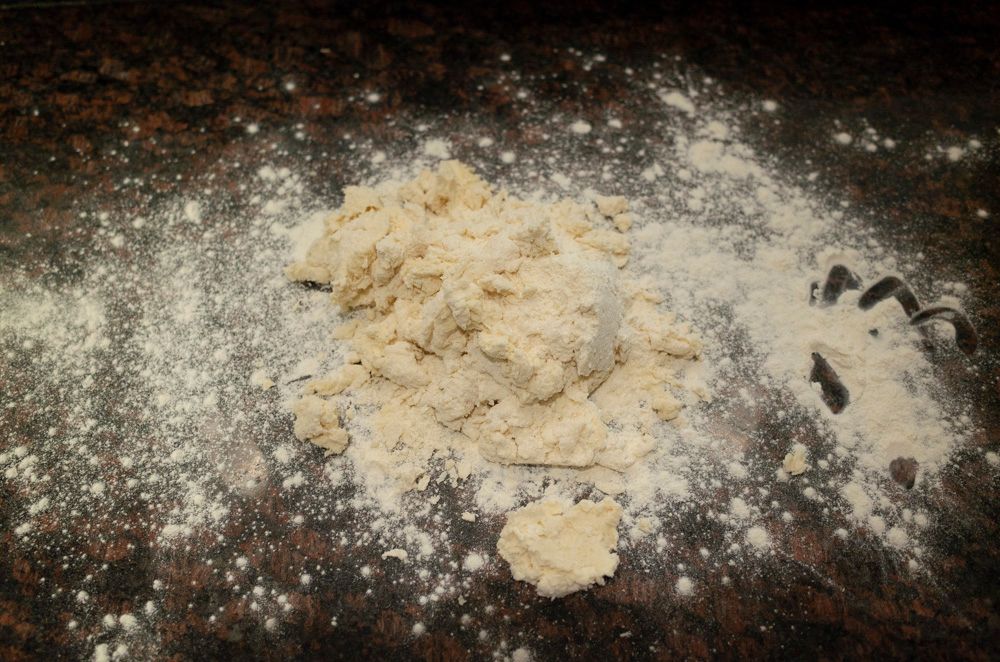
Add the buttermilk and stir the mix together until there are no large pockets of unmixed milk or flour remaining.
Turn the dough out onto a floured surface. Gently pat and push the crumbs together until you have a fairly uniform, oblong ball of dough. Remember that the more you work a dough like this, the tougher your biscuits can be, but don't stress too much: it can take a little prodding.
Pick up your dough and re-flour the working surface, then place it back down. Sprinkle a little more on top of the dough, then vertically roll it out to roughly a quarter of an inch (6mm) in thickness. Fold the dough toward you, flat on top of itself so that the edges line up. Then re-flour, roll it out, and fold it at least one more time.
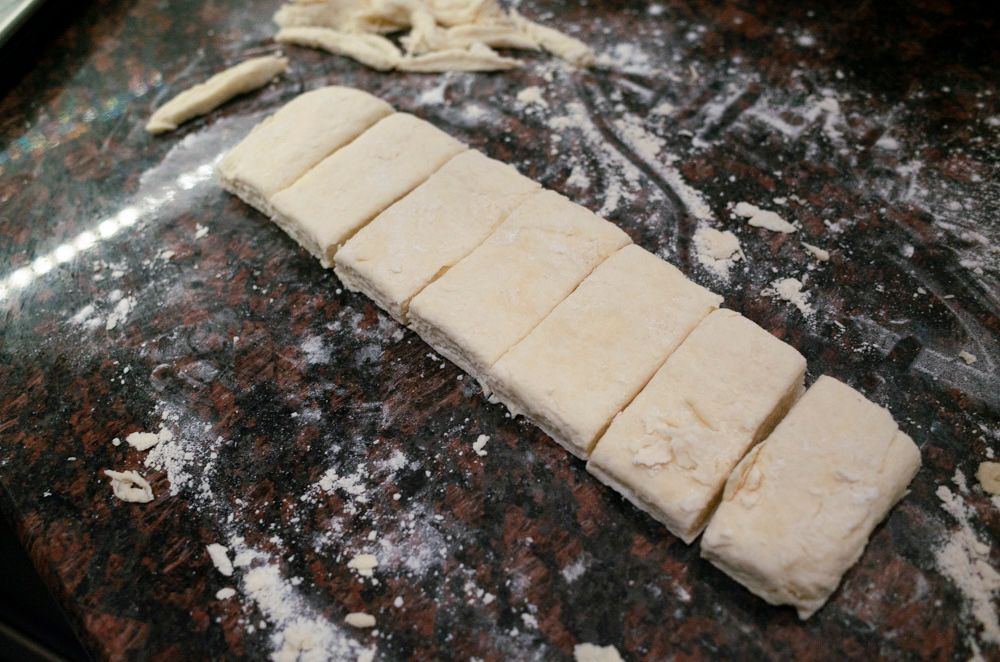
These folds are what gives the biscuit its flaky layers. After the third fold (stop here if you value fluff), roll the dough out to half an inch thick and just over three inches wide. Keep in mind that your biscuits will swell slightly in the oven, so size accordingly.
With a sharp knife or pizza cutter, cut just enough dough from all four edges to leave a flat, vertical face. Cut the remaining dough into seven or eight pieces, or fewer if you want large biscuits to eat with open-faced sandwiches or other dishes.
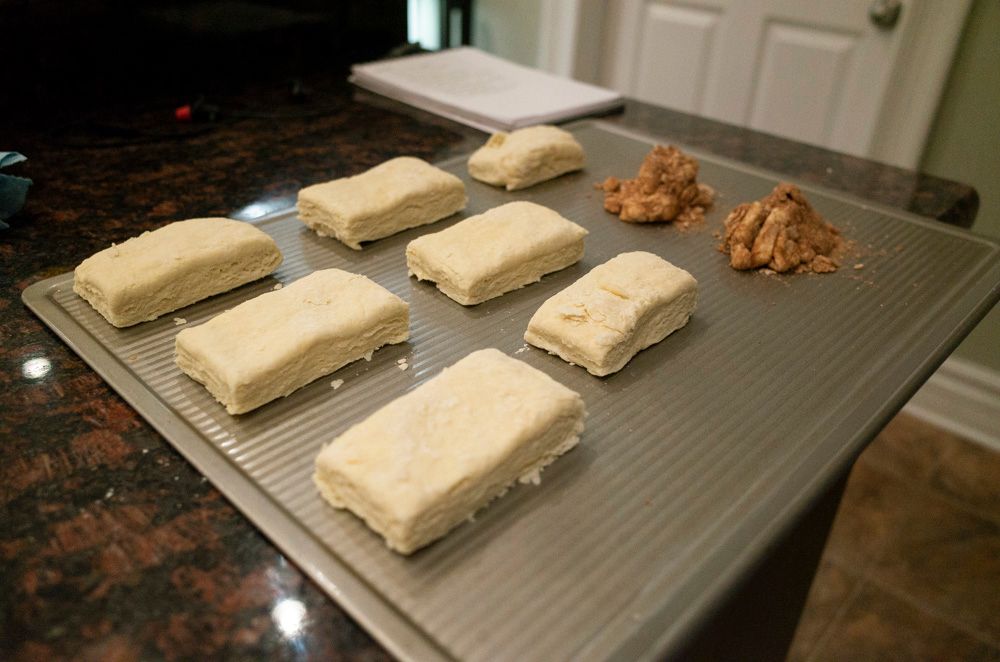
Use a spatula to lift your biscuits onto the sheet, leaving an inch or two of space between them. While the dough will puff, it tends to grow upwards more than outwards. Bake until light brown on top and crunchy-golden-brown on the bottom. Serve with fresh butter and sorghum syrup, crispy fried goetta, or a classic sausage gravy.
